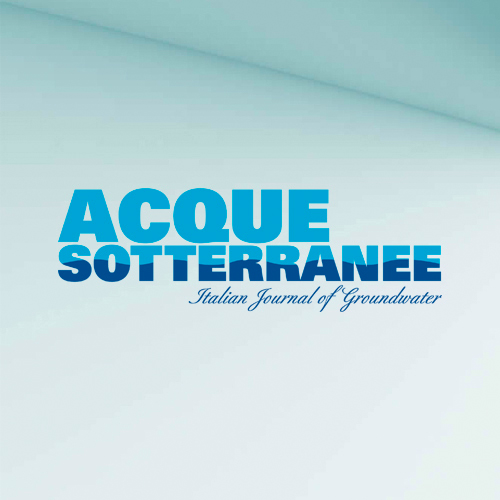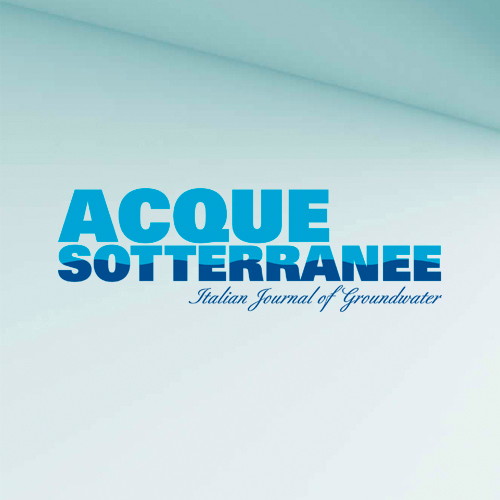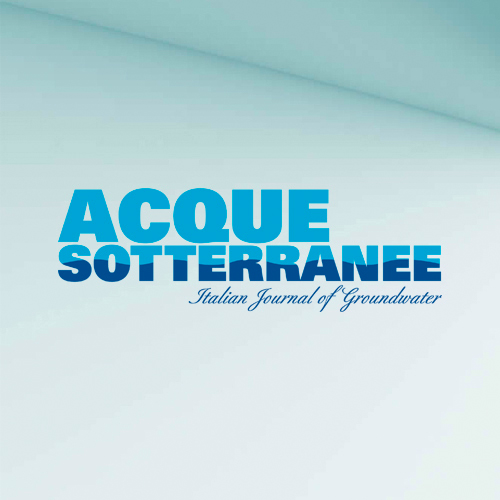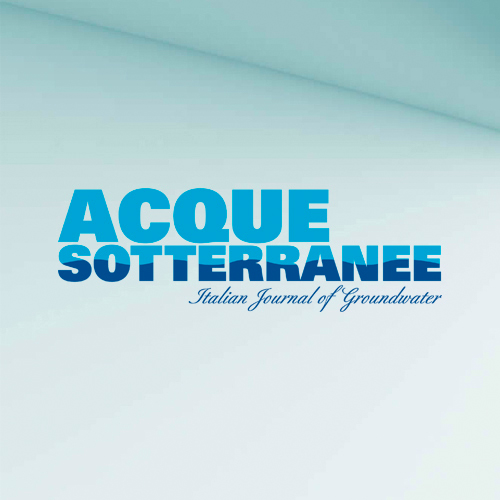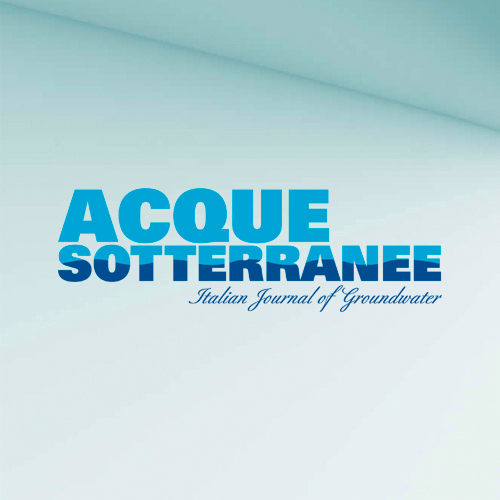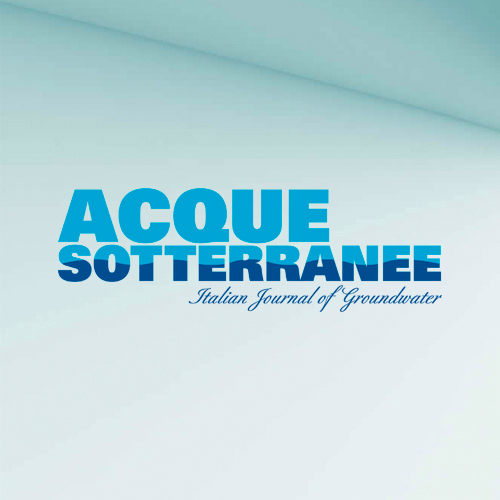[The groundwater compliance point in contaminated sites between avulsed application practices and difficulties of interpretation]
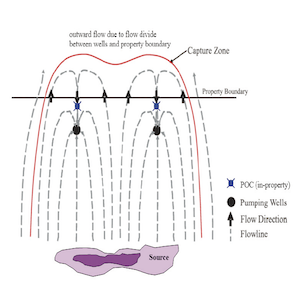
All claims expressed in this article are solely those of the authors and do not necessarily represent those of their affiliated organizations, or those of the publisher, the editors and the reviewers. Any product that may be evaluated in this article or claim that may be made by its manufacturer is not guaranteed or endorsed by the publisher.
Authors
[The groundwater Point of Compliance (POC) in contaminated sites represents a strategic tool for directing environmental actions and resource protection criteria, as well as for achieving the ultimate goals of restoration. In this paper, an integrated legal and technical study is proposed, in order to highlight some critical issues relating to the interpretative practice of the national legislation in force, which has become customary in administrative procedures. The specific regulatory system is contextualized by making explicit use of those hydrogeological elements, which govern the development of fate and transport problems in the aquifers. To facilitate understanding of the case, it is considered the international regulatory framework, noting the availability of interesting perspectives, useful at clarifying many of the methodological and operational implications in the environmental remediation process, especially for the compliance point location].
[In Italian]
How to Cite

This work is licensed under a Creative Commons Attribution-NonCommercial 4.0 International License.
PAGEPress has chosen to apply the Creative Commons Attribution NonCommercial 4.0 International License (CC BY-NC 4.0) to all manuscripts to be published.








